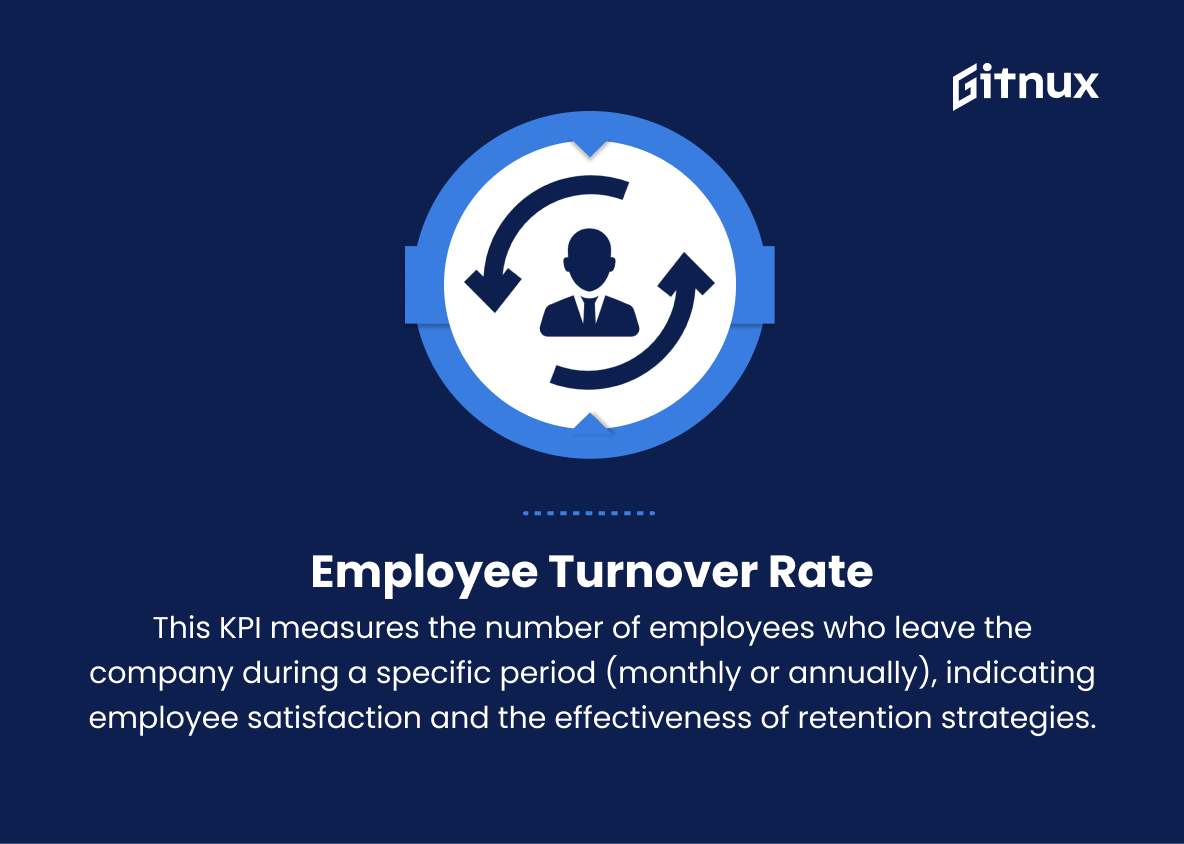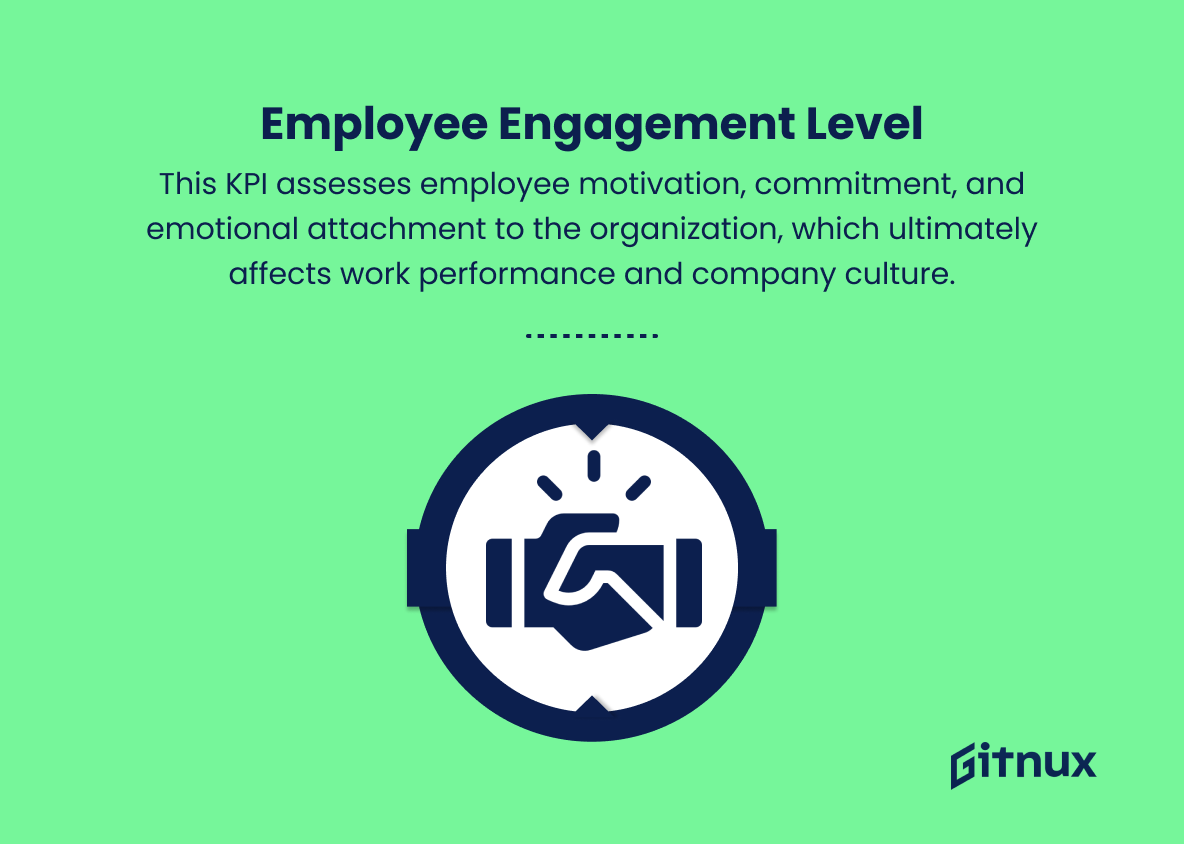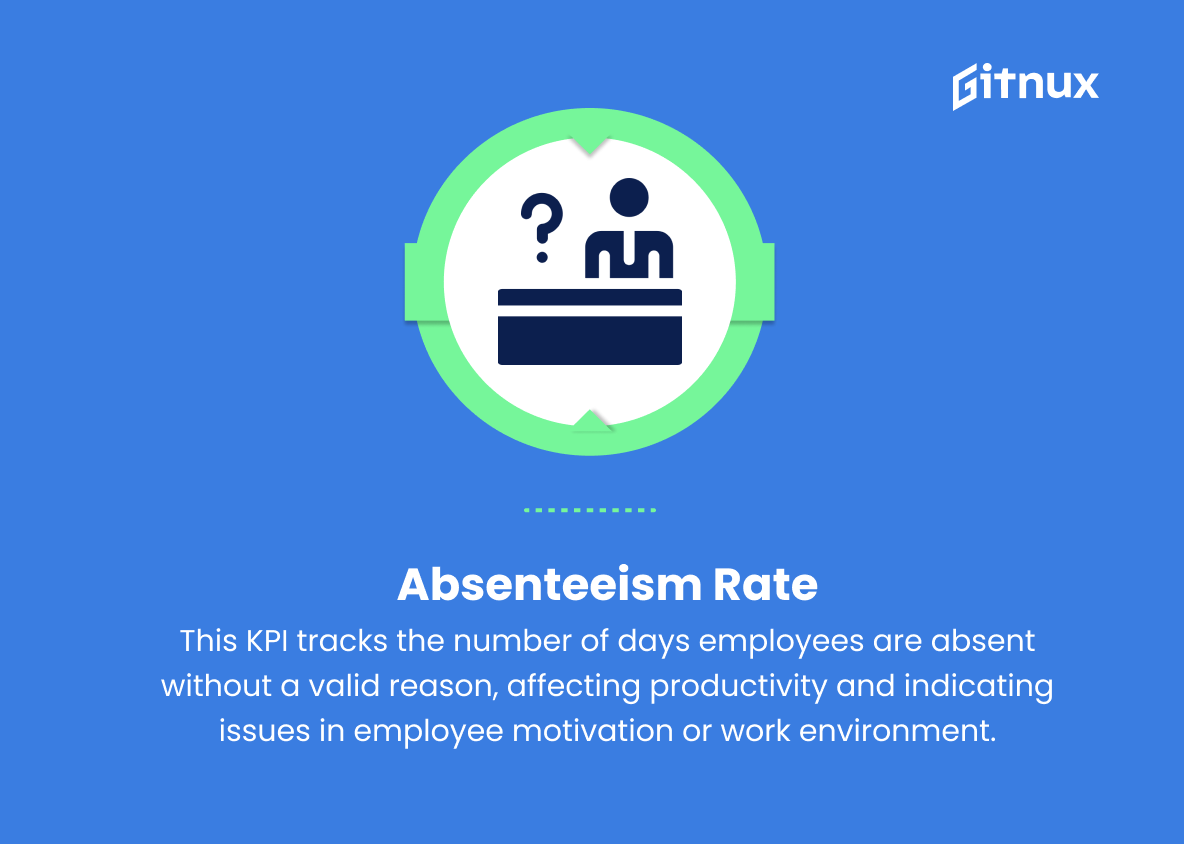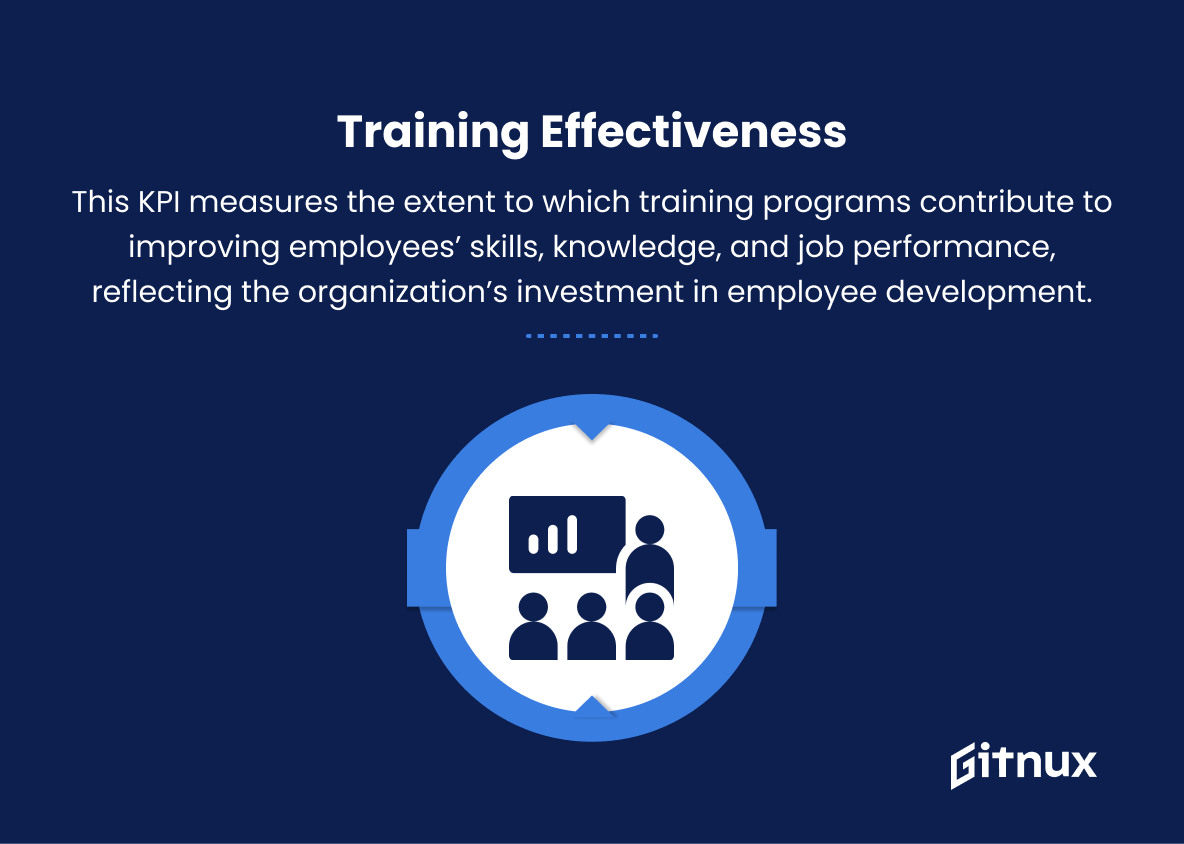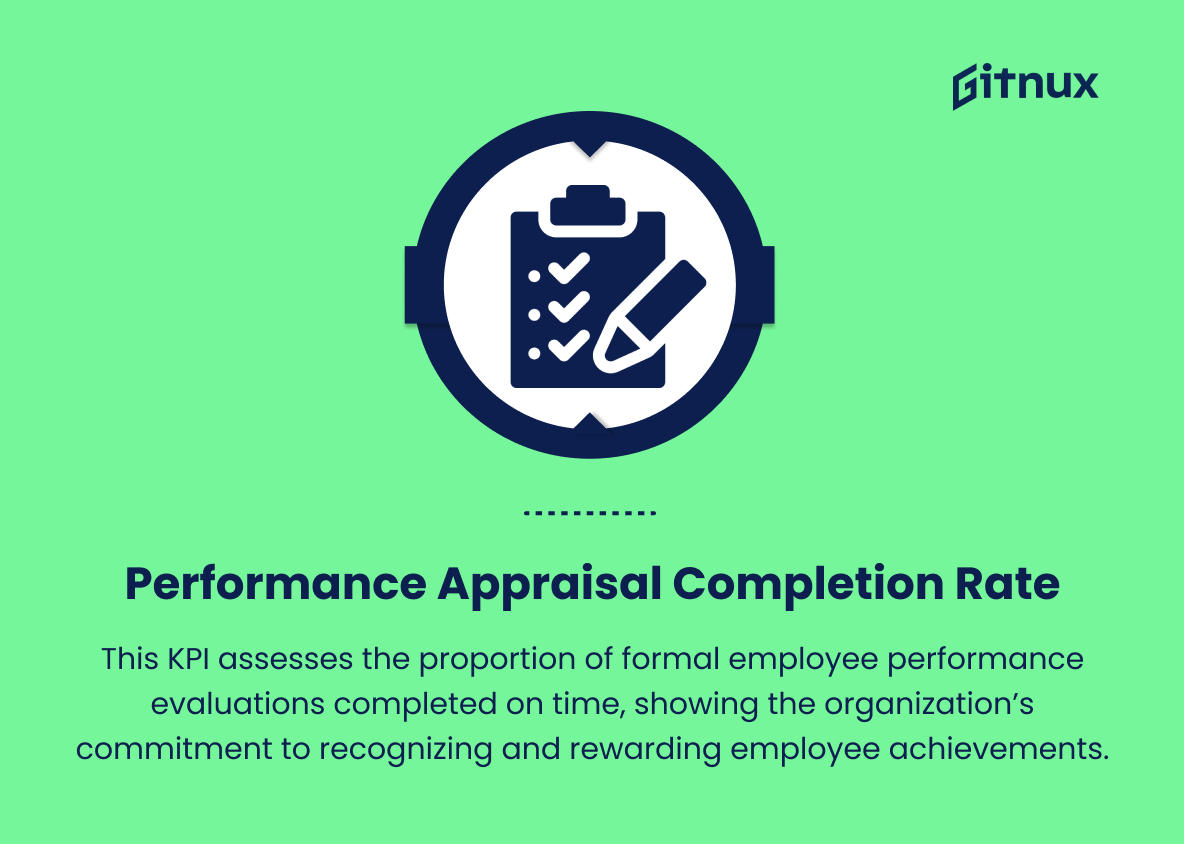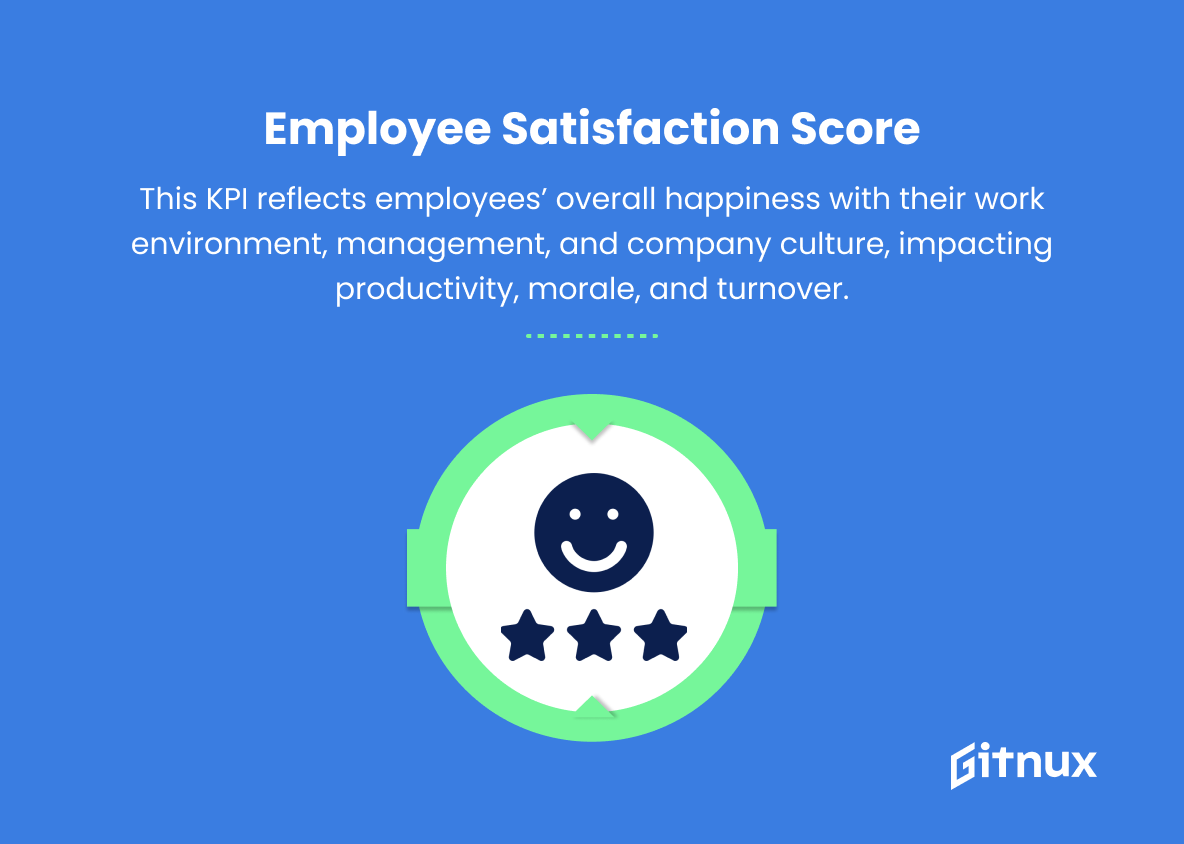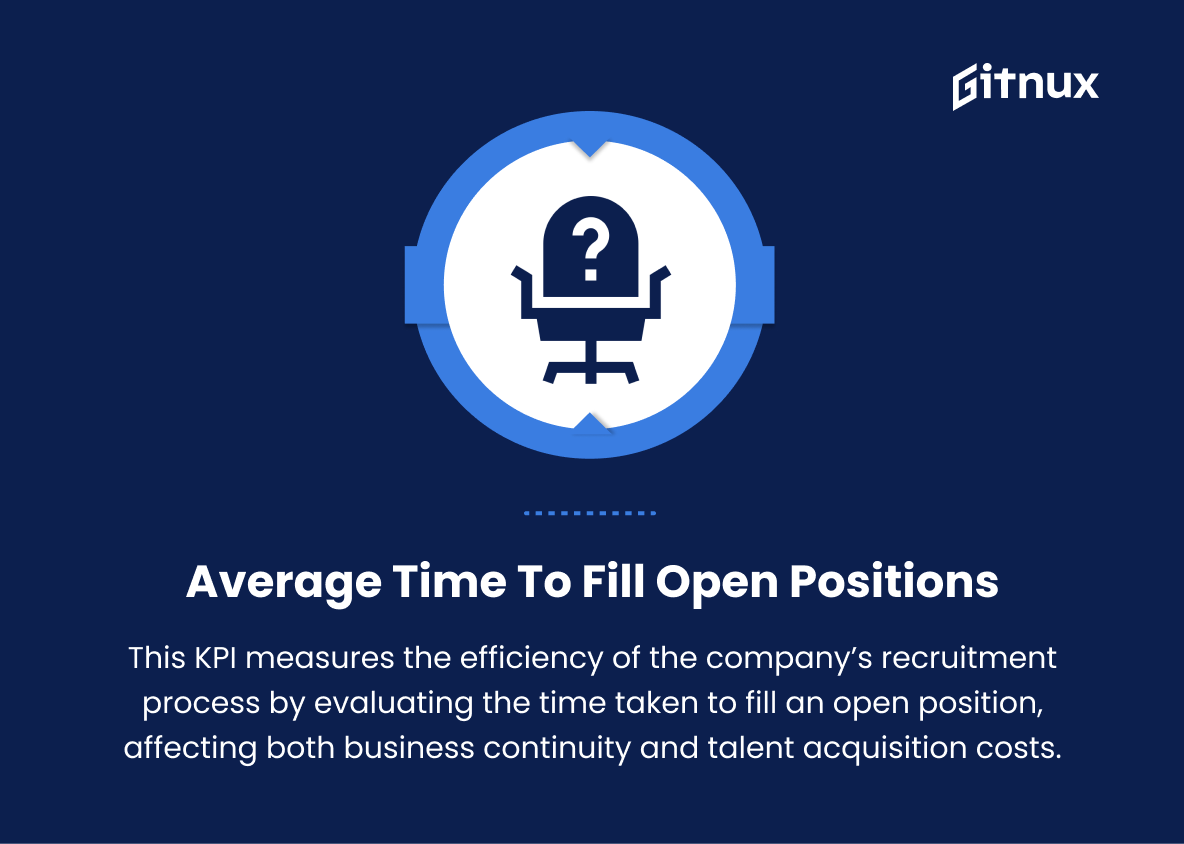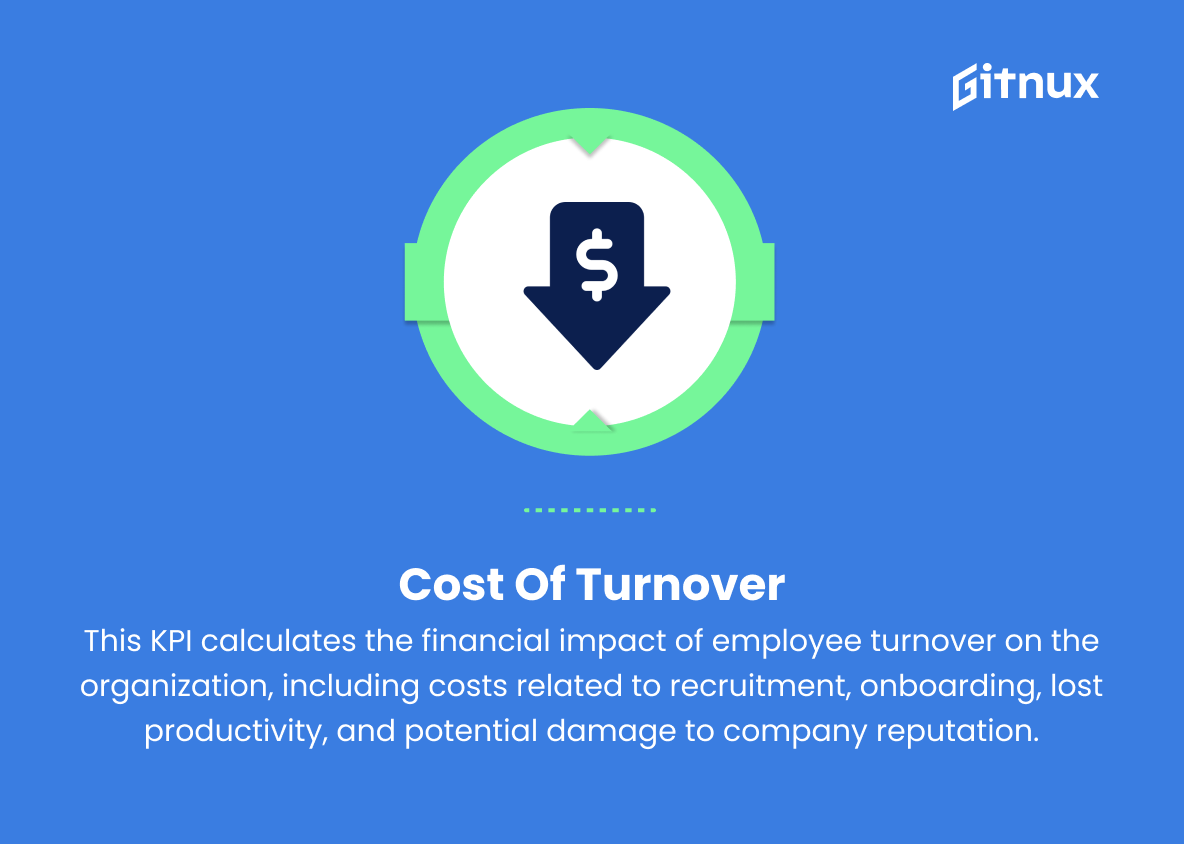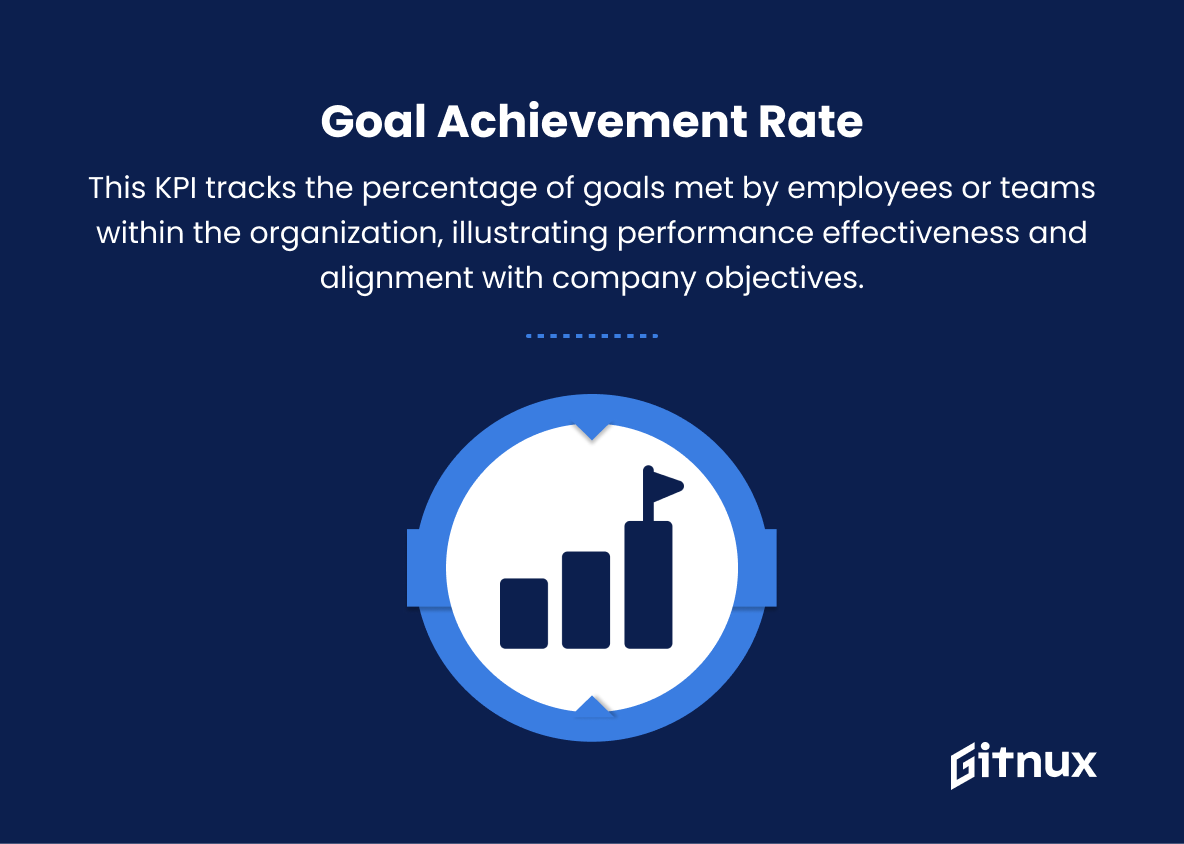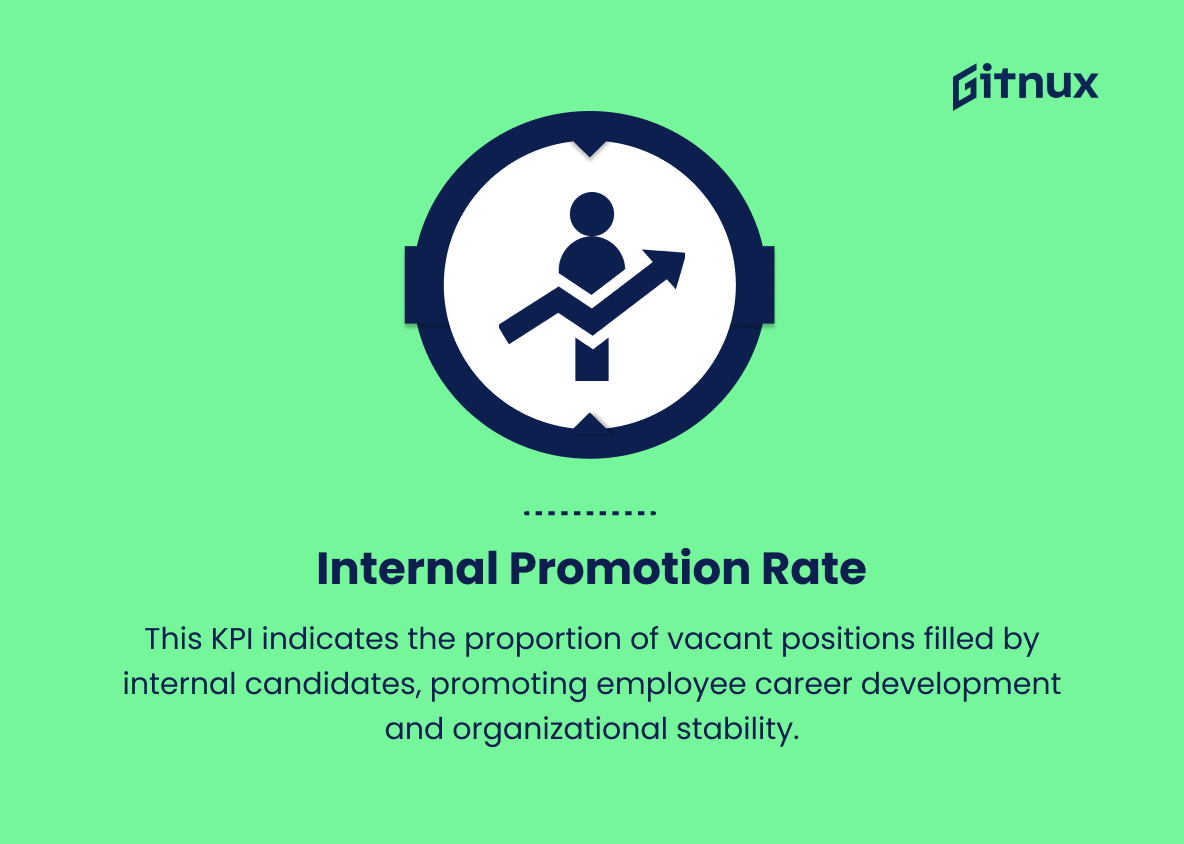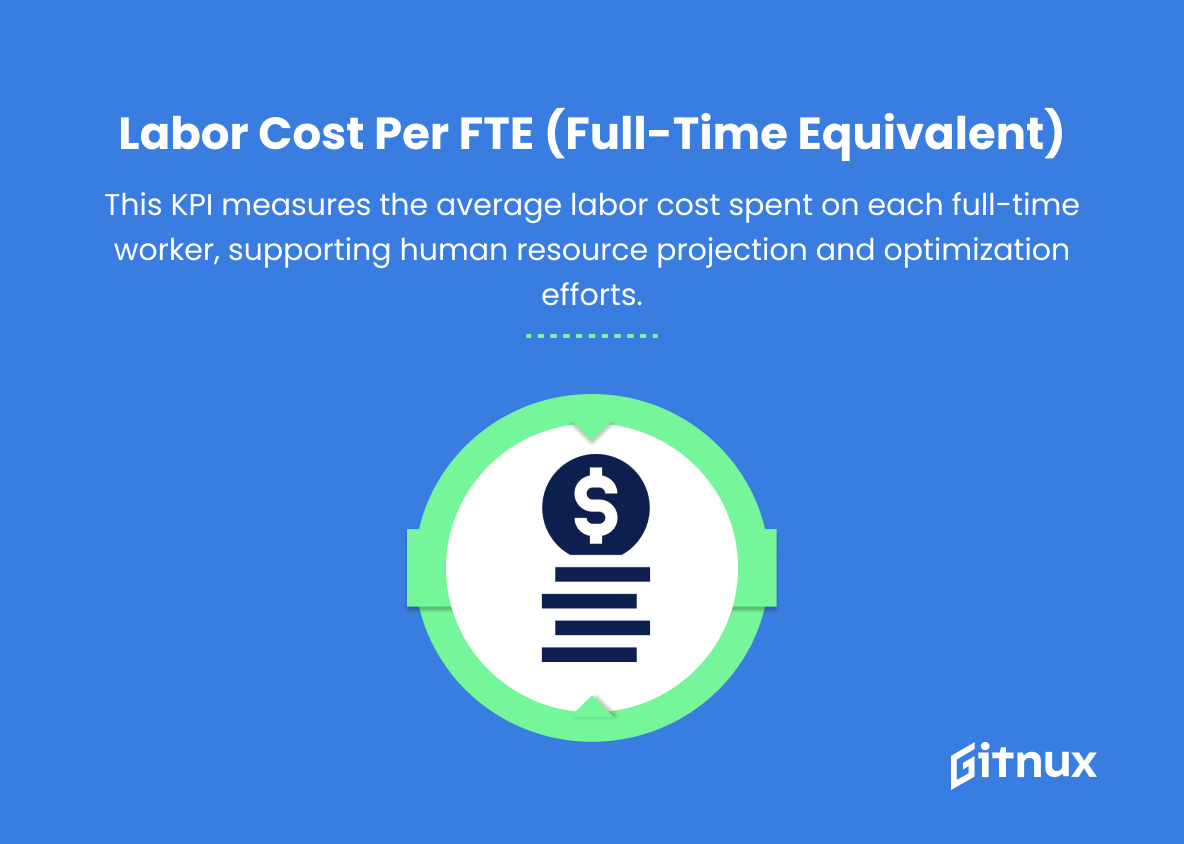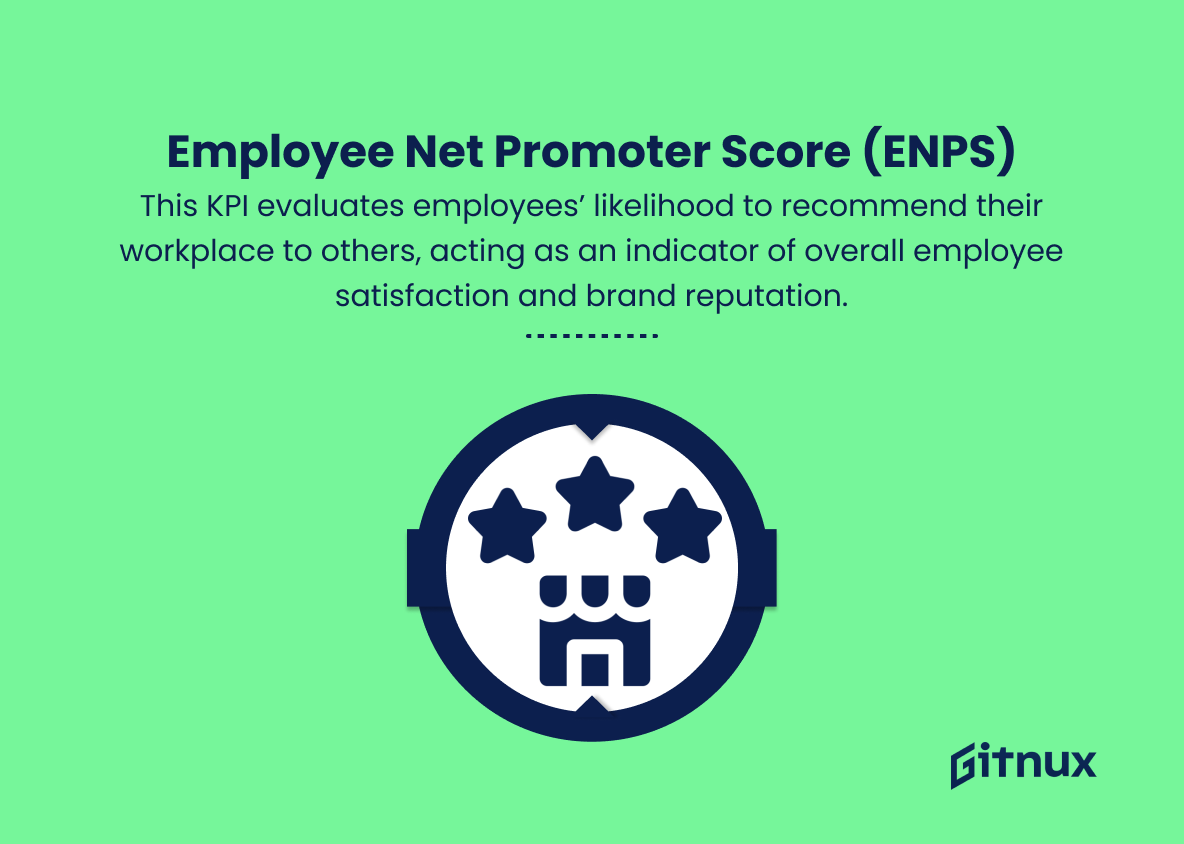Effective performance management is key to business success, enabling organizations to align their resources, strategies, and goals for optimal results. Key Performance Indicators (KPIs) play a critical role in this process, providing valuable insight into the efficiency of various operational aspects, employee productivity, and overall performance.
In this blog post, we will delve into the world of performance management KPIs, explore their importance in today’s rapidly evolving business landscape, identify the most critical KPIs to track, and discuss practical methods for implementing these essential metrics into your organization’s performance management system. By understanding the impact that KPIs can have on the growth and success of your business, you can make informed decisions, drive continuous improvement, and enhance your organization’s ability to excel in the competitive marketplace.
Performance Management KPIs You Should Know
1. Employee Turnover Rate
This KPI measures the number of employees who leave the company during a specific period (monthly or annually), indicating employee satisfaction and the effectiveness of retention strategies.
2. Employee Engagement Level
This KPI assesses employee motivation, commitment, and emotional attachment to the organization, which ultimately affects work performance and company culture.
3. Absenteeism Rate
This KPI tracks the number of days employees are absent without a valid reason, affecting productivity and indicating issues in employee motivation or work environment.
Effective performance management is the key to achieving organizational success, as it enables businesses to align their resources, strategies, and goals for optimal results.4. Training Effectiveness
This KPI measures the extent to which training programs contribute to improving employees’ skills, knowledge, and job performance, reflecting the organization’s investment in employee development.
5. Performance Appraisal Completion Rate
This KPI assesses the proportion of formal employee performance evaluations completed on time, showing the organization’s commitment to recognizing and rewarding employee achievements.
6. Employee Satisfaction Score
This KPI reflects employees’ overall happiness with their work environment, management, and company culture, impacting productivity, morale, and turnover.
7. Average Time to Fill Open Positions
This KPI measures the efficiency of the company’s recruitment process by evaluating the time taken to fill an open position, affecting both business continuity and talent acquisition costs.
Performance Management KPIs play a crucial role in assessing and improving various aspects of an organization’s workforce, such as employee satisfaction, development, and efficiency.8. Revenue per Employee
This KPI represents the effectiveness of the workforce by measuring revenue generated per employee, highlighting the organization’s ability to optimize its workforce for maximum output.
9. Cost of Turnover
This KPI calculates the financial impact of employee turnover on the organization, including costs related to recruitment, onboarding, lost productivity, and potential damage to company reputation.
10. Goal Achievement Rate
This KPI tracks the percentage of goals met by employees or teams within the organization, illustrating performance effectiveness and alignment with company objectives.
11. Internal Promotion Rate
This KPI indicates the proportion of vacant positions filled by internal candidates, promoting employee career development and organizational stability.
12. Labor Cost per FTE (Full-Time Equivalent)
This KPI measures the average labor cost spent on each full-time worker, supporting human resource projection and optimization efforts.
13. 360-Degree Feedback Score
This KPI collects feedback on an employee’s performance from multiple sources (e.g., peers, subordinates, supervisors) to provide a well-rounded assessment, promoting self-awareness and professional growth.
14. Employee Net Promoter Score (eNPS)
This KPI evaluates employees’ likelihood to recommend their workplace to others, acting as an indicator of overall employee satisfaction and brand reputation.
Performance Management KPIs Explained
Performance management KPIs play a critical role in assessing and improving various aspects of an organization’s workforce, such as employee satisfaction, development, and efficiency. For example, Employee Turnover Rate helps gauge how well the company is retaining talent, while Employee Engagement Level sheds light on employee engagement and motivation.
Absenteeism Rate, on the other hand, indicates potential problems in the work environment, while Training Effectiveness and Performance Appraisal Completion Rate reflect the company’s investment in employee development and recognition. Employee Satisfaction Score and eNPS provide insight into employees’ overall happiness and workplace recommendations, respectively.
In addition, Average Time to Fill Open Positions, Revenue per Employee, and Cost of Turnover help optimize workforce and recruiting processes. Finally, Goal Achievement Rate, Internal Promotion Rate, Labor Cost per FTE, and 360-Degree Feedback Score support performance effectiveness, career growth, resource allocation, and professional development, enabling organizations to create an engaging and high-performing work environment.
Conclusion
In summary, performance management KPIs are essential tools for measuring the efficiency, effectiveness, and overall success of an organization. They enable organizations to make informed decisions and monitor their progress toward strategic goals.
By selecting the right KPIs, aligning them with organizational goals, and continually refining them as needed, companies can streamline their performance management process, increase employee engagement, and drive sustainable growth. Ultimately, a well-implemented performance management system armed with the right KPIs paves the way for a successful and competitive future in the ever-evolving business landscape.
